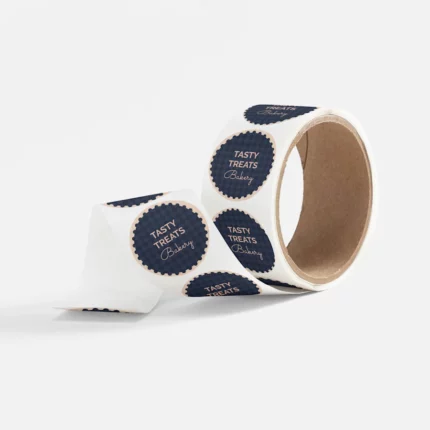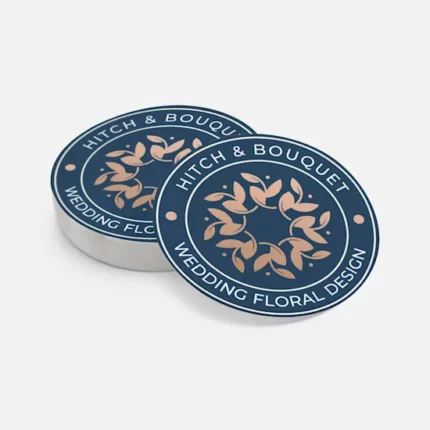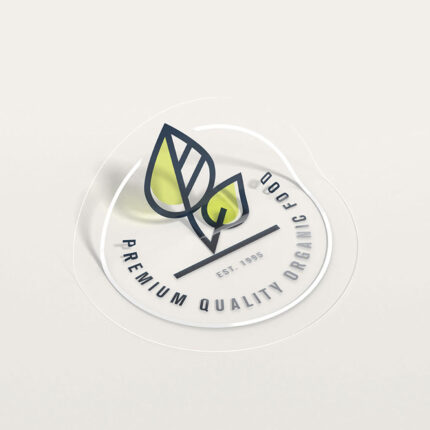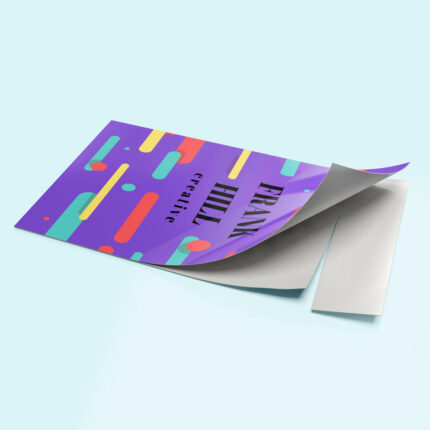The printing world has lots of words that might seem confusing if you’re new to it. Especially when we’re talking about the size of things we print, like business cards, brochures, or books. But don’t worry, we’re here to help! We’re going to explain some of these terms so that they make more sense to you. This way, when you’re looking at a quote or talking to someone at the printing company, you’ll know what they’re talking about.
In today’s post, you will find some of the words you might hear and we will explain what they mean:
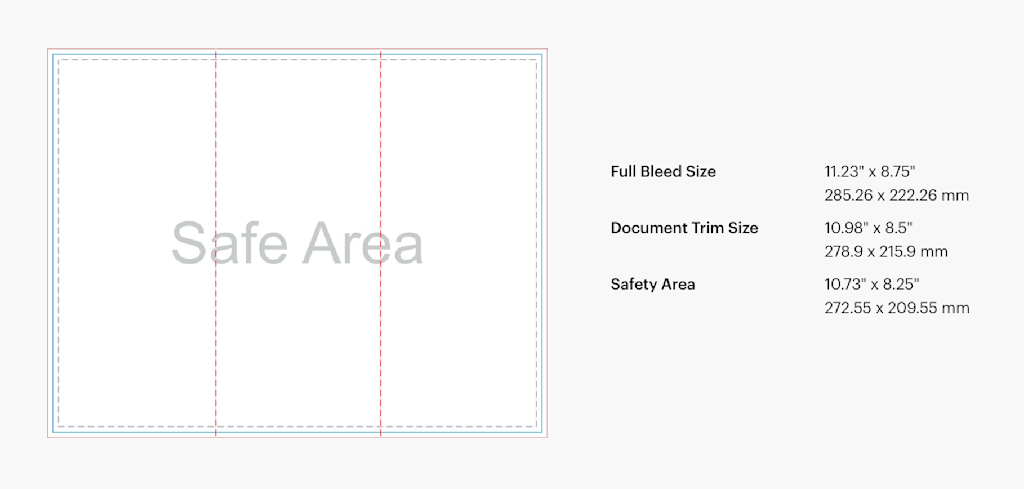
Flat Size
The “Flat Size” of a document is how big it is after it’s been printed and cut down to its final size, but before it’s been folded or had any other changes. In other words, it’s the size of the paper before any other steps are taken. This term is often used interchangeably with “Trim Size” and, for documents that don’t get folded, it’s also the same as the “Finished Size.”
Trim Size
“Trim Size” is the size of a document after it’s been printed and cut down to its desired width and height from a larger sheet, but before any folding happens. This means any extra paper around the edges or separating multiple images printed on the same sheet is trimmed off. “Trim Size” is the same as “Flat Size,” and for documents that don’t get folded, it’s also the same as the “Finished Size.”
Finished Size
“Finished Size” is the final size of a printed document after all printing and finishing processes have been completed. This includes any folding or binding that may have been done. For an unfolded document, the “Finished Size” is the same as the “Flat Size” or “Trim Size.” For a folded document, the “Finished Size” is the same as the “Folded Size.”
Folded Size
“Folding Size” or “Folded Size” is the size of a document after it has been folded. It is different from the “Flat Size” or “Trim Size” because it accounts for the dimensions after the document has been folded, whereas the “Flat Size” or “Trim Size” refers to the dimensions before any folding occurs. The “Folded Size” is important to know when designing a document that will be folded, as it affects how the content will be laid out and how the final piece will appear to the viewer.
Bleed Size
Bleed Size refers to the dimensions of a printed document that includes extra space beyond the Trim Size. This extra space is intended to accommodate images or colors that extend beyond the edge of the finished piece, ensuring that there are no unprinted edges when the document is trimmed to its final size. Bleed Size is typically 0.125 inches (1/8 inch) or 3 mm larger than the Trim Size on all sides. For example, if the Trim Size of a document is 8.5″ x 11″, the Bleed Size would be 8.75″ x 11.25″. This extra space ensures that the final printed piece has clean, professional edges without any white borders.
Page Size
“Page Size” is the measurement of the dimensions of the pages in a book or other bound document. It is commonly used to describe the size of most books, and it helps determine how the content will be laid out and how the final piece will appear to the viewer. Some common page sizes include 5.5″ x 8.5″, 6″ x 9″, and 8.5″ x 11″.
Cut Size
“Cut Size” is a term that refers to pre-cut paper that is packaged in convenient sizes, usually 13″ x 19″ or smaller. This type of paper is commonly used in printing projects and is available in popular sizes such as 8.5″ x 11″ (letter size), 8.5″ x 14″ (legal size), and 11″ x 17″ (tabloid size). Depending on the size of your specific project, a commercial printer may use Cut Size paper or something larger to print it.
Press Sheet Size
“Press Sheet Size” is a term used in the printing industry to describe the dimensions of the paper that is used in a sheet-fed printing press. These presses are commonly used in digital and offset printing. Digital presses typically handle smaller press sheet sizes, up to about 13″ x 19″ or 14″ x 26″. Offset presses, on the other hand, can accommodate larger press sheet sizes, such as 23″ x 29″ or 28″ x 40″. The size of the press sheet can affect the size and layout of the printed piece, as well as the cost and efficiency of the printing process.
Parent Sheet Size
“Parent Sheet Size” is a term used in the printing industry to describe the dimensions of the larger sheet of paper used to print multiple images that will be trimmed down to the final size. This sheet is known as the Parent sheet. For example, if you need sixteen 6″ x 9″ images, they can all be printed at once on a 28″ x 40″ Parent sheet and then trimmed apart. This method is more efficient than printing each image separately.
If you have any questions about printing, feel free to reach out to us at 718-928-6888 or submit our quote request form. We’re here to assist you in any way we can.
Take care!
Jeff @ New York Printing Center

